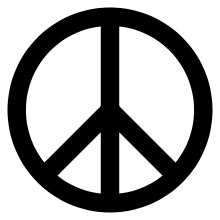1968 student demonstrations in Yugoslavia
Protests were held in Belgrade, Yugoslavia, as the first mass protest in Yugoslavia after the Second World War.
After youth protests erupted in Belgrade on the night of July 2, 1968, students of the Belgrade University went into a seven-day strike. Police beat the students and banned all public gatherings. Students then gathered at the Faculty of Philosophy, held debates and speeches on the social justice, and handed out copies of the banned magazine Student. Students also protested against economic reforms, which led to high unemployment and forced workers to leave the country and find work elsewhere.
President Josip Broz Tito gradually stopped the protests by giving in to some of the students’ demands and saying that "students are right" during a televised speech. But in the following years, he dealt with the leaders of the protests by sacking them from university and Communist party posts.
The protests were supported by prominent public personalities, including film director Dušan Makavejev, stage actor Stevo Žigon, poet Desanka Maksimović and university professors, whose careers ran into problems because of their links to the protests. Protests also broke out in other capitals of Yugoslav republics - Sarajevo, Zagreb and Ljubljana—but they were smaller and shorter than in Belgrade.[1][2]
References
- ↑ "Belgrade's 1968 student unrest spurs nostalgia". Thaindian.com. 2008-06-05. Retrieved 2010-08-26.
- ↑ 1968 in Europe - Online teaching and research guide, archived from the original Archived July 17, 2009, at the Wayback Machine.
Sources
- Fichter, Madigan (2016). "Yugoslav Protest: Student Rebellion in Belgrade, Zagreb, and Sarajevo in 1968". Slavic Review. 75 (1): 99–121. doi:10.5612/slavicreview.75.1.99.

